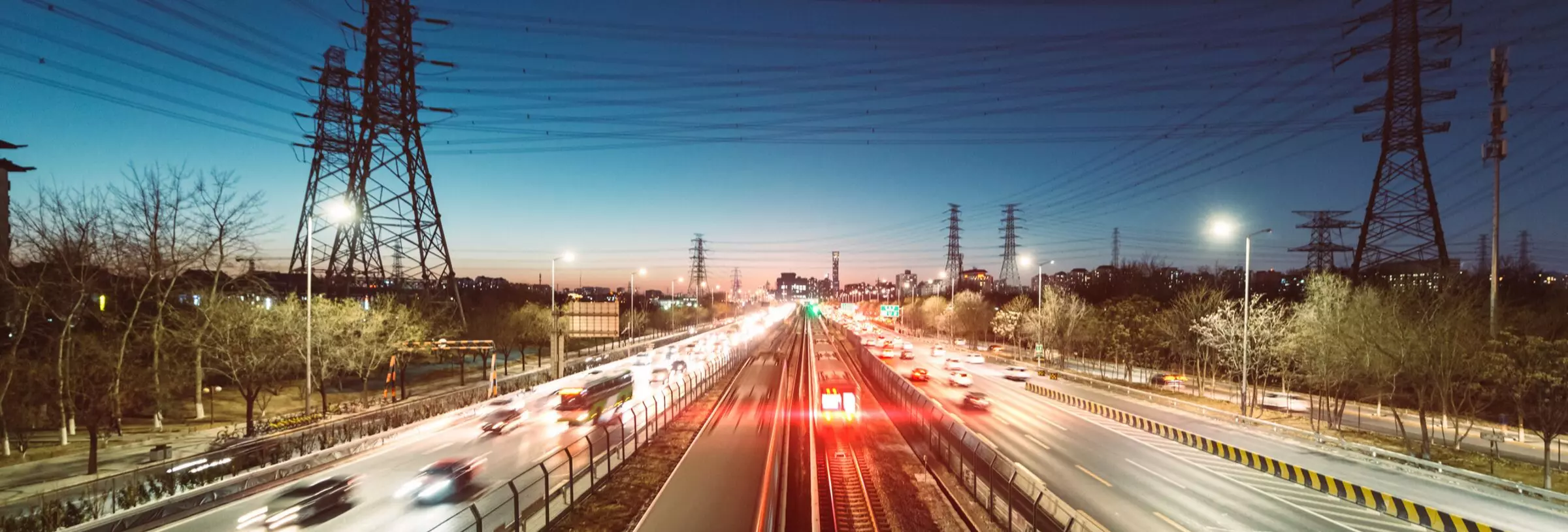Agencies acquiring private property for a public project conduct thorough investigations to determine whether the property has environmental contamination. If contamination is found, the question arises whether evidence of the contamination will be admissible in the eminent domain proceeding. In California the answer is yes, based on a single case that involved evidence of remediation costs introduced by both sides without objection. In Redevelopment Agency of Pomona v. Thrifty Oil Company, 4 Cal.App.4th 469 (1992), the Agency sought to condemn a parcel owned by Thrifty that was used as a no-frills gas station. The property had soil contamination from gas spills. Prior to the trial, the Agency cleaned up the site at a cost of $182,000. At trial, there was no objection to the introduction of evidence regarding the contamination on the property or remediation costs. The Agency’s expert found the property had a value of $165,000, but deducted the remediation cost of $182,000 and concluded the property had only a minimal value of $5,000. Thrifty’s expert concluded the property was worth $1 million and deducted $50,000 for the estimated cost to remediate the site. For unknown reasons, the court also appointed an appraiser who valued the property at $225,000 and deducted from that $100,000 as reasonable remediation costs. The jury decided the fair market value of the property was $136,200 and that was upheld on appeal. The opinion has surprisingly little discussion of the contamination issues except in footnote 9, which states in part:
Nor are we persuaded by the contention that the remediation issue was not properly before the jury. The contamination of the property was used by all experts in determining the fair market value of the property. . . . As a characteristic of the property which would affect its value, the remediation issue was properly before the trier of fact.
The approach used by California is considered the majority approach on this issue. While this approach has the virtue of simplicity, it also raises the spectre of double liability for owners. In the eminent domain action, the owner faces the prospect of having remediation costs deducted from the award and receiving reduced compensation. The owner also faces potential remediation liability in a later environmental action. Thus, the owner could be forced to pay twice for a cleanup: once in the form of reduced compensation in the eminent domain action and once again in a later environmental action. In addition, the amount deducted from the award as remediation costs may not be an incurred cleanup cost under environmental laws and so it may not be recoverable in a later environmental action against the responsible party.
To alleviate the threat of double liability for owners, two other approaches to valuing contaminated properties have been adopted by some other State courts. Some courts, including Illinois, Connecticut, and Iowa, adopt the view that environmental contamination evidence is not admissible. One of the key arguments in favor of this approach is that it eliminates the potential for double liability that arises because of the inability to fully litigate environmental claims in an eminent domain action. Other courts, including Minnesota, New Jersey, and New York, have adopted a rule that holds evidence of cleanup costs are inadmissible and that the property should be valued as if it had been remediated. Under this approach, the property is assumed to have been contaminated but is now cleaned up to applicable regulatory standards. This means that stigma from the prior contamination can still be taken into account in valuing the property. Some of these courts also require that a portion of the condemnation award be held in escrow pending the determination of ultimate environmental liability. This approach greatly reduces the potential of double liability.
California courts have never grappled with the potential for double liability in these cases. Nevertheless, the California approach is consistent with the standard for fair market value because the contamination is a characteristic of the property that would affect its value in the market. Ultimately, the jury makes the final determination of value and factors in the potential remediation costs. The other approaches, while reducing the potential for an owner’s double liability, could end up leaving agencies paying full value for contaminated property with little prospect of recovering remediation costs from the responsible parties. Nossaman has experienced eminent domain attorneys who can help agencies and landowners deal with the issues raised by contaminated properties.
Eminent Domain Report is a one-stop resource for everything new and noteworthy in eminent domain. We cover all aspects of eminent domain, including condemnation, inverse condemnation and regulatory takings. We also keep track of current cases, project announcements, budget issues, legislative reform efforts and report on all major eminent domain conferences and seminars in the United States.
Stay Connected
 RSS Feed
RSS Feed
Categories
- Administration
- Appraisal
- California
- CLIMATE CHANGE
- CONGRESS
- Construction
- Court Decisions
- EPA
- Events
- Goodwill
- GOVERNMENT ADMINISTRATION
- Inverse Condemnation & Regulatory Takings
- Lawsuit
- New Legislation
- Possession
- Projects
- Public Agency Law
- Publications
- Redevelopment
- Regulatory Reform and Proposed Rules
- Right to Take
- Right-of-Way
- Seminars
- Speaking Engagements and Presentations
- trial
- Valuation
- Videos
- Water
